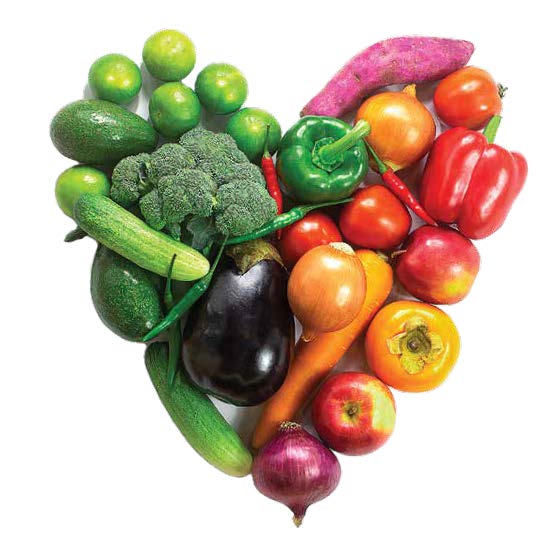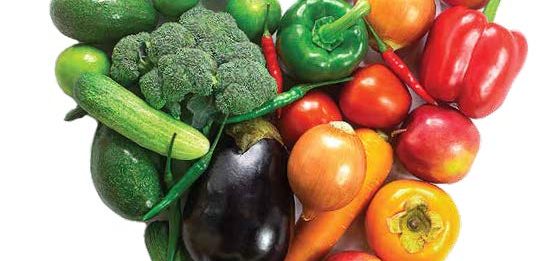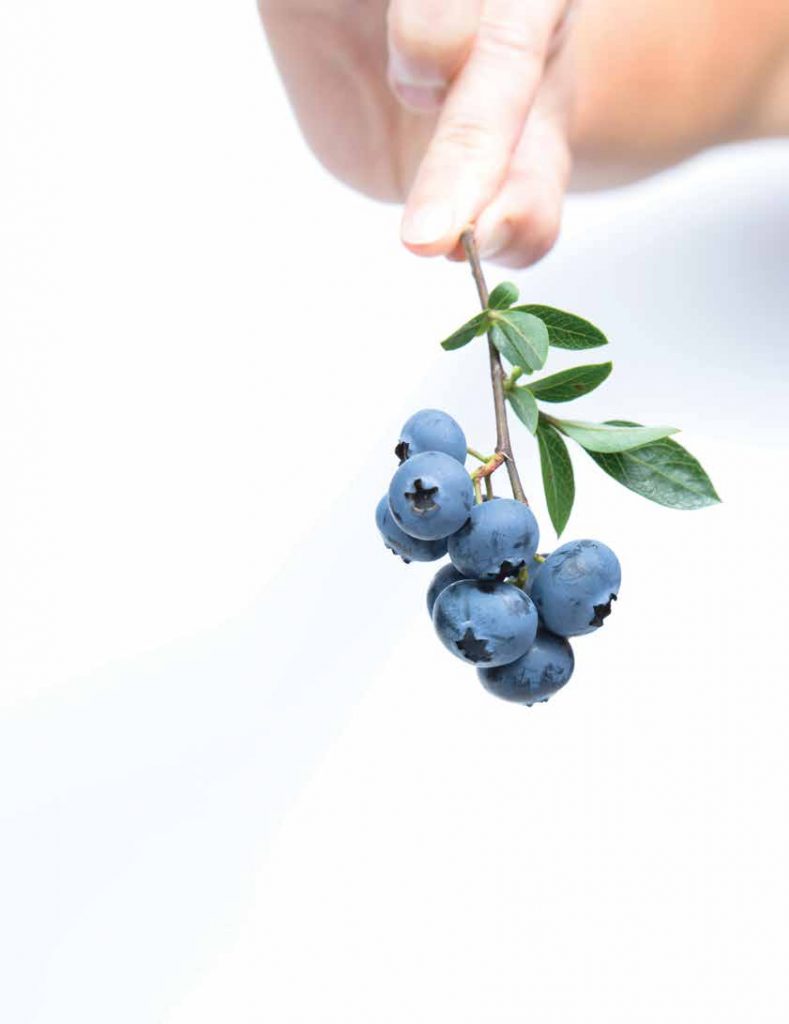
Our natural world provides a rainbow of healthy fruits and vegetables, each containing phytonutrients that give them their particular pigment. Eating the entire spectrum of this colorful cornucopia enables our bodies to benefit from a range of immune-enhancing vitamins, minerals, and phytochemicals.
The more the merrier
The color of fruits and vegetables stems from four main sources, chlorophyll (green); flavonoids: anthocyanins and anthoxantins (red, blue, purple); carotenoids (yellow, red, orange); and betalains (red, yellow, purple). Each serves a unique purpose.
Chlorophyll helps reduce inflammation and bacteria, build blood, increase lung capacity, and detoxify harmful chemicals in our bodies. Flavonoid antioxidants fight heart disease, diabetes, cancer, and cognitive issues, such as Alzheimer’s and dementia. Anthocyanins, a category of flavonoids, lower risk of high blood pressure and cholesterol and fight urinary tract infections. Carotenoids, found in carrots, squash, corn, pumpkin, and more, protect cells from free radical damage. They’re best absorbed when combined with a variety of other colorful foods and healthy fats. Betalains, such as those found in red beets, Swiss chard, and cactus pear, lower inflammation and boost fiber intake to keep blood sugar levels in check. The potassium in beets also reduces blood pressure. People with kidney stones should keep beet consumption to a minimum, however, due to its oxalates. Otherwise, they’re hard to beat.
To cook or not to cook
While cooking vegetables destroys many essential nutrients, such as water-soluble folate, vitamin C, and B vitamins, heating may actually boost absorption in tomatoes, carrots, and more. Cooking provides other advantages as well. Spinach, for instance, contains oxalate, which blocks calcium and iron absorption in the gut. Although heating lowers the amount of B and C vitamins, it also reduces the oxalate’s undesirable effect. Garlic and onions, on the other hand, lose some of their potency when cooked.
The American Heart Association and others suggest we consume two servings of fruit and three cups of vegetables each day to obtain optimal results. From eye-healthy lycopene found in tomatoes and anti-inflammatory polyphenols packed in pomegranates to green superfoods, spinach, kale, and broccoli and potassium-rich bananas, avocados, and dried apricots, it’s easy to find an assortment of flavorful produce to produce a rainbow of health benefits every day



